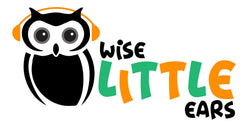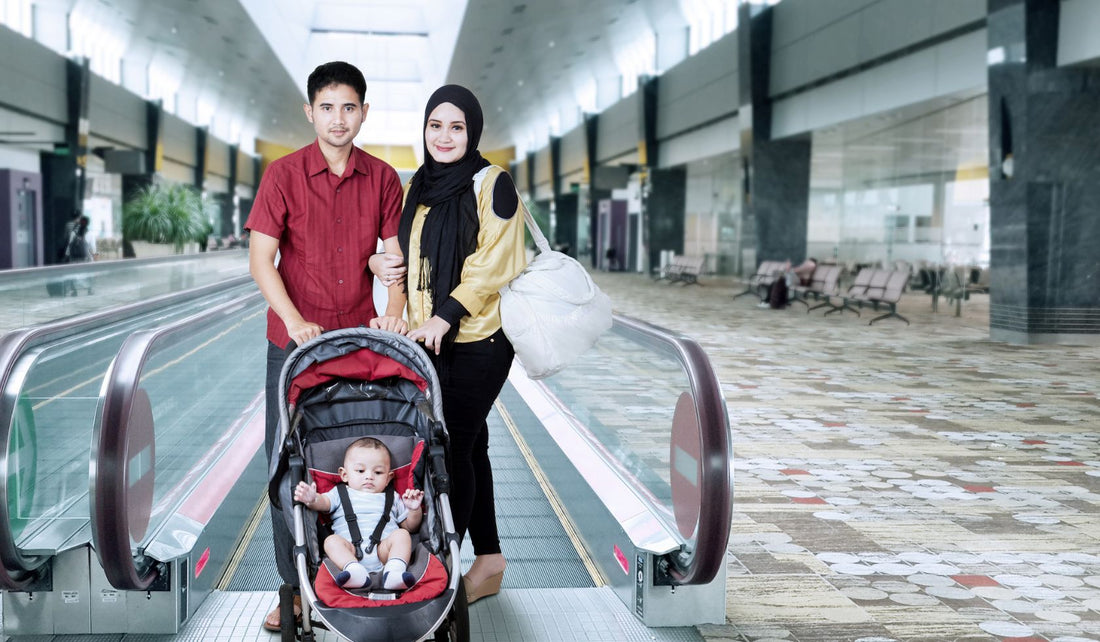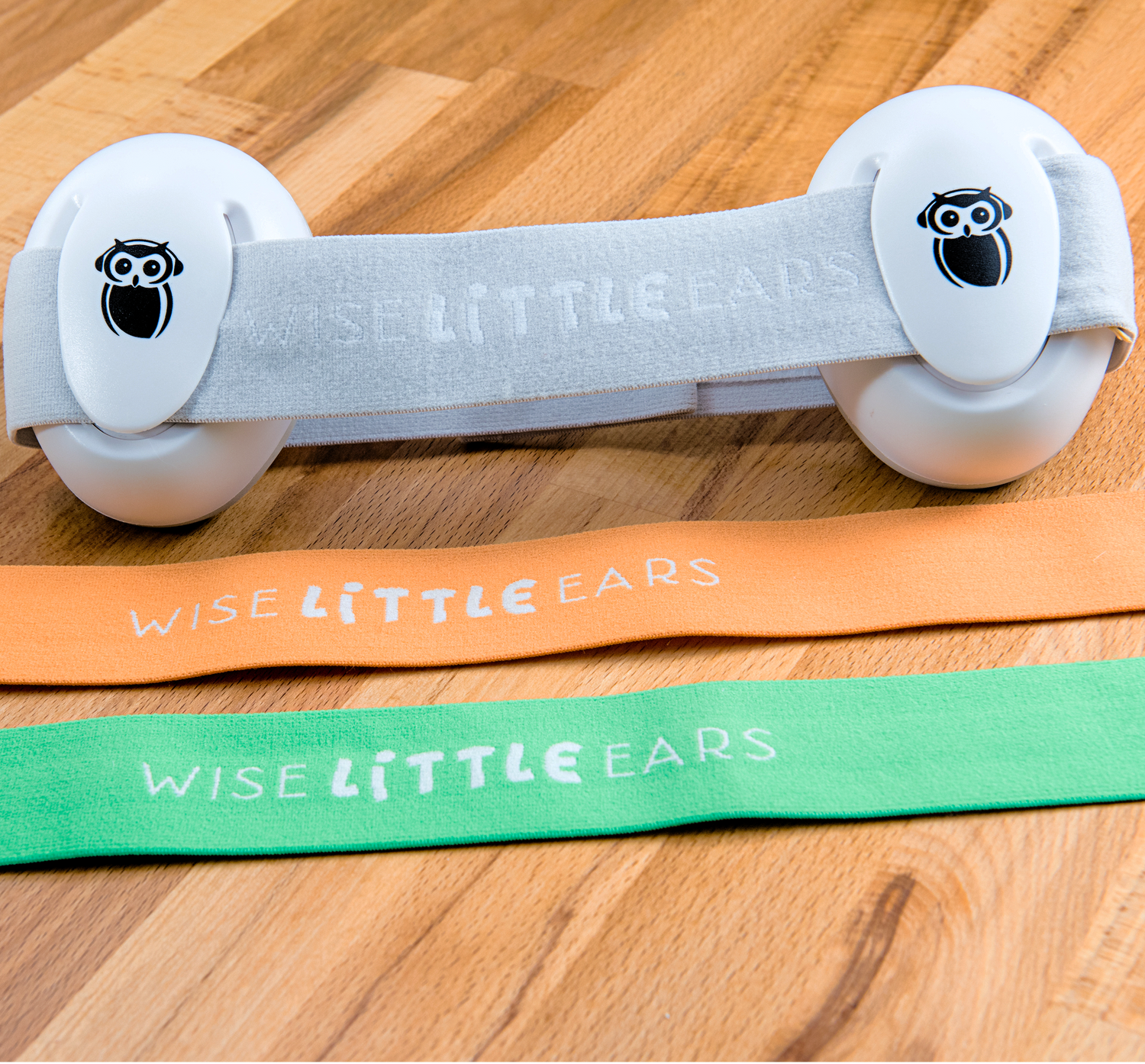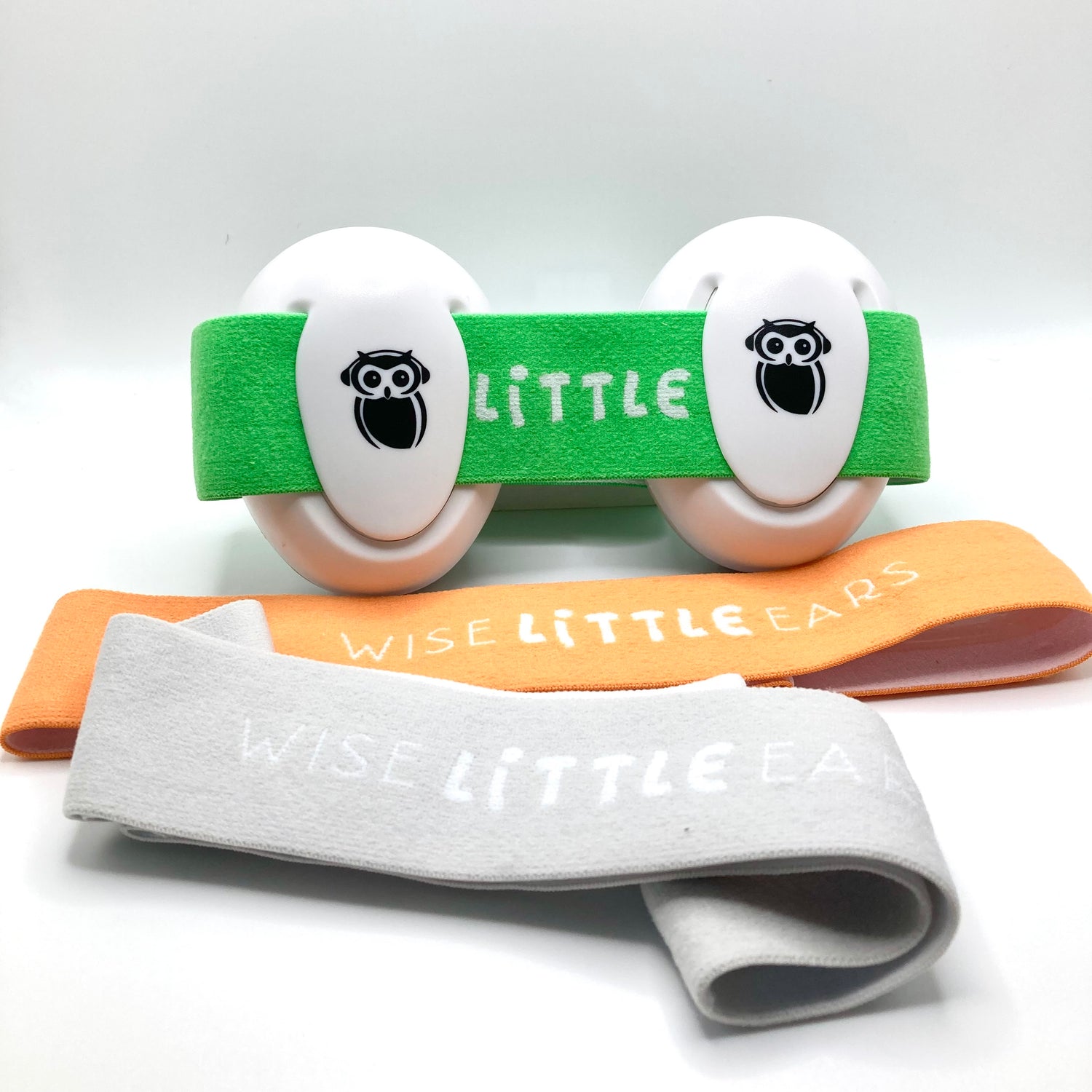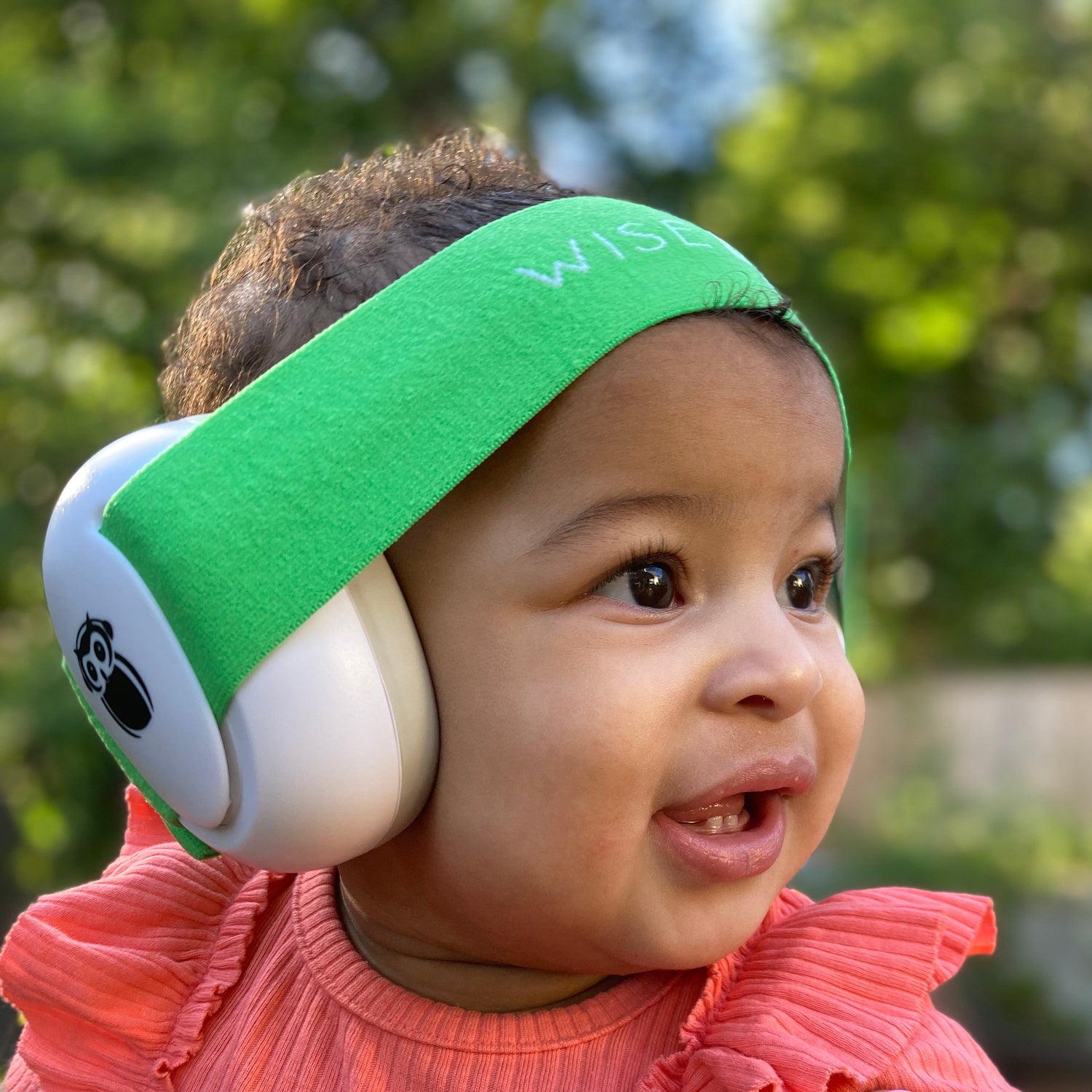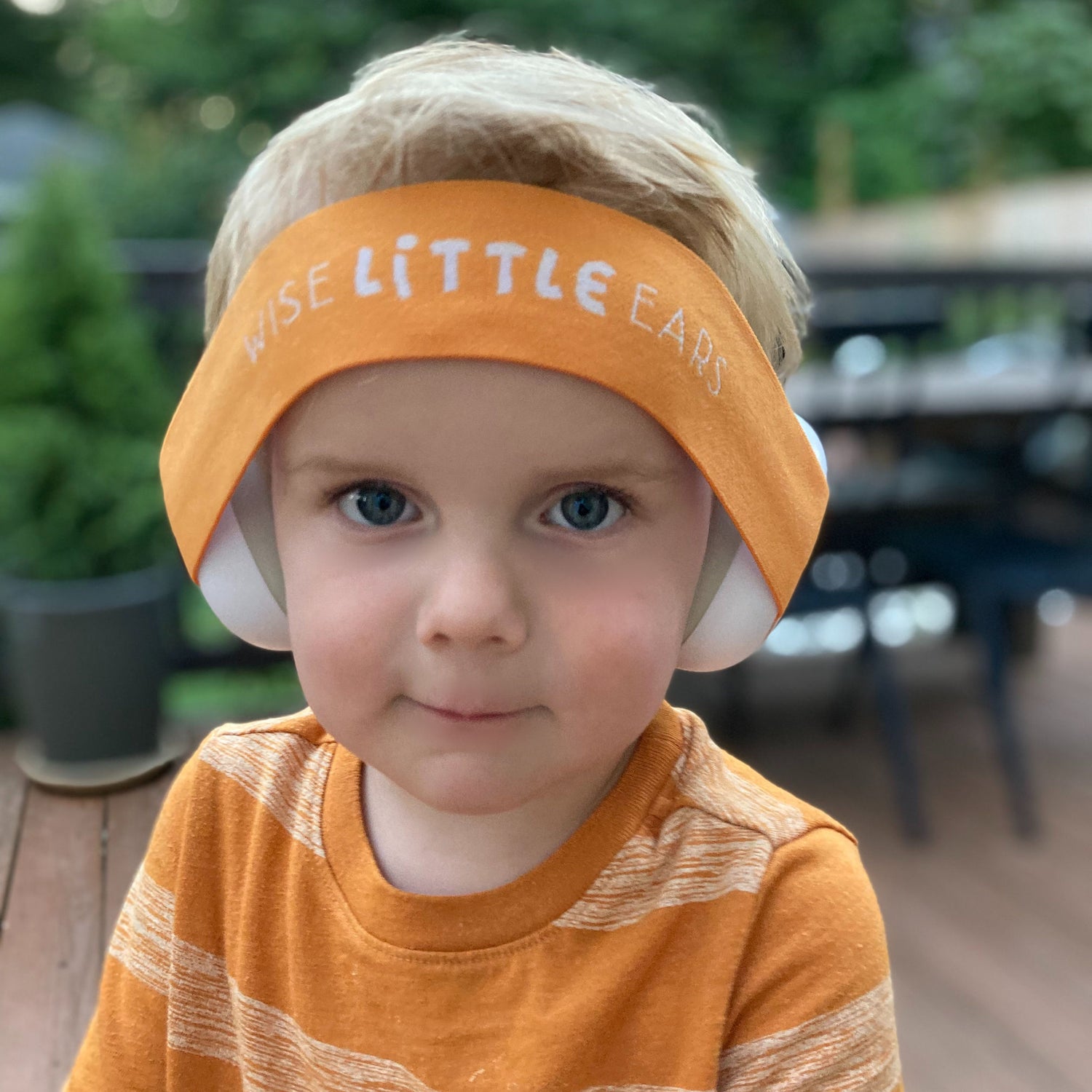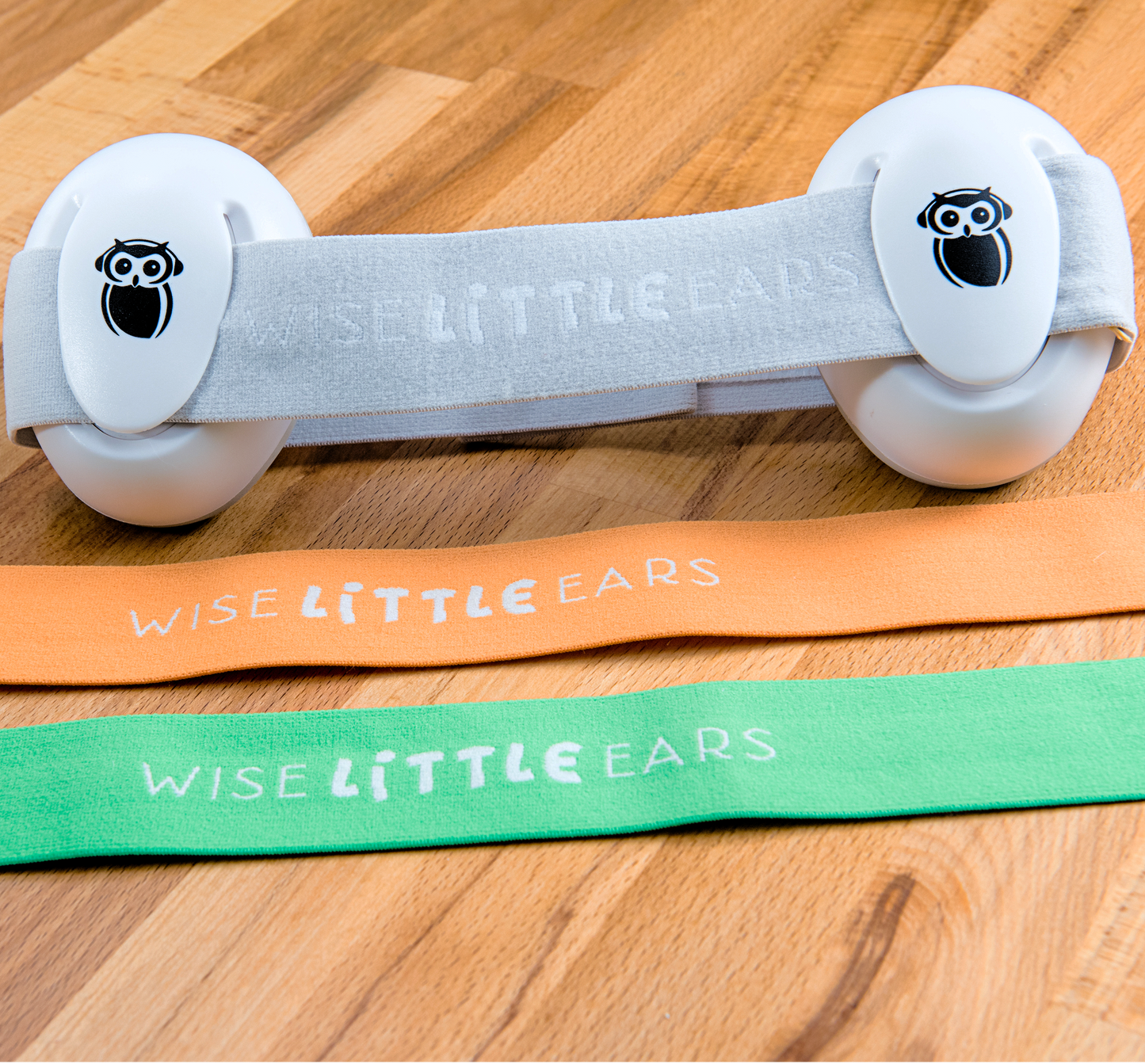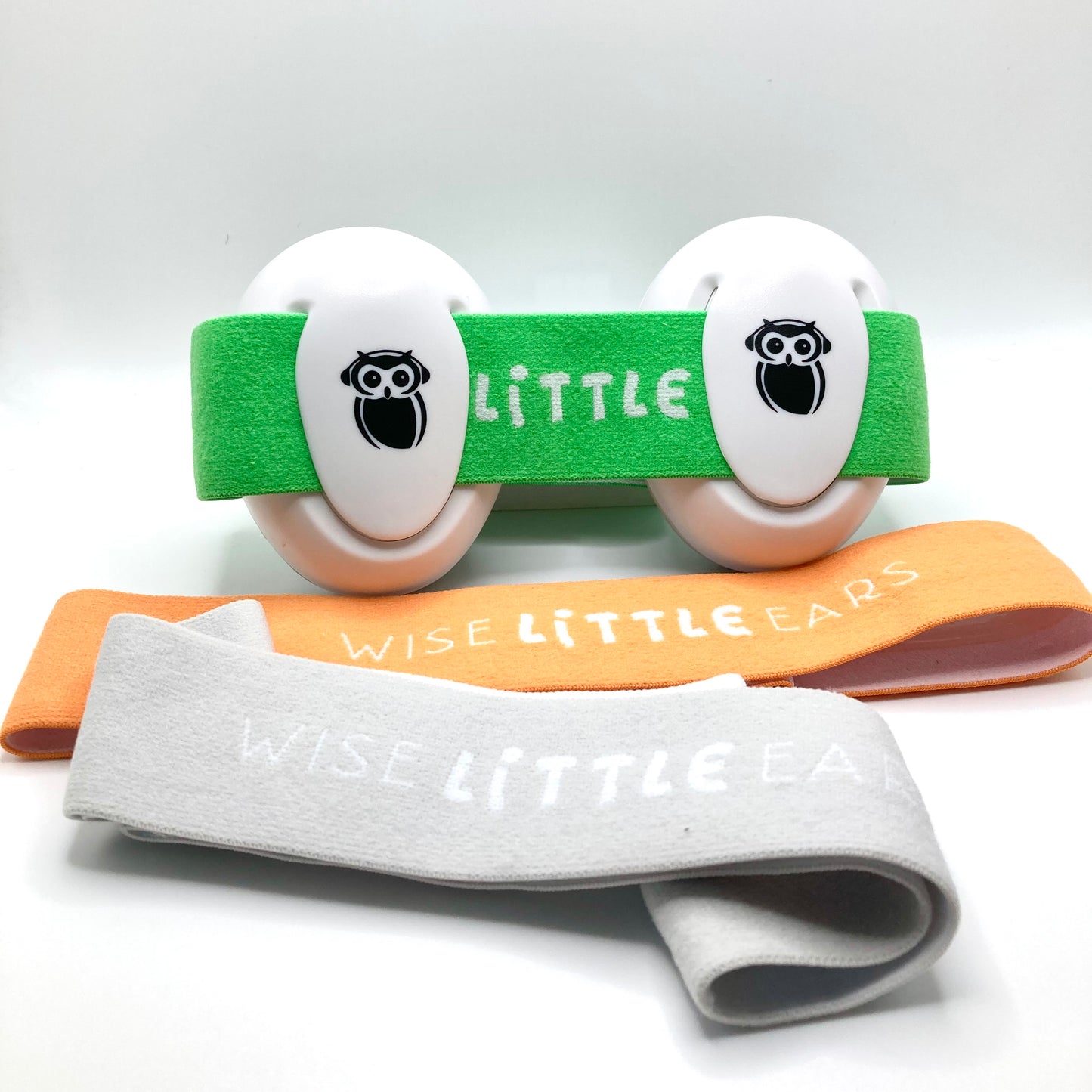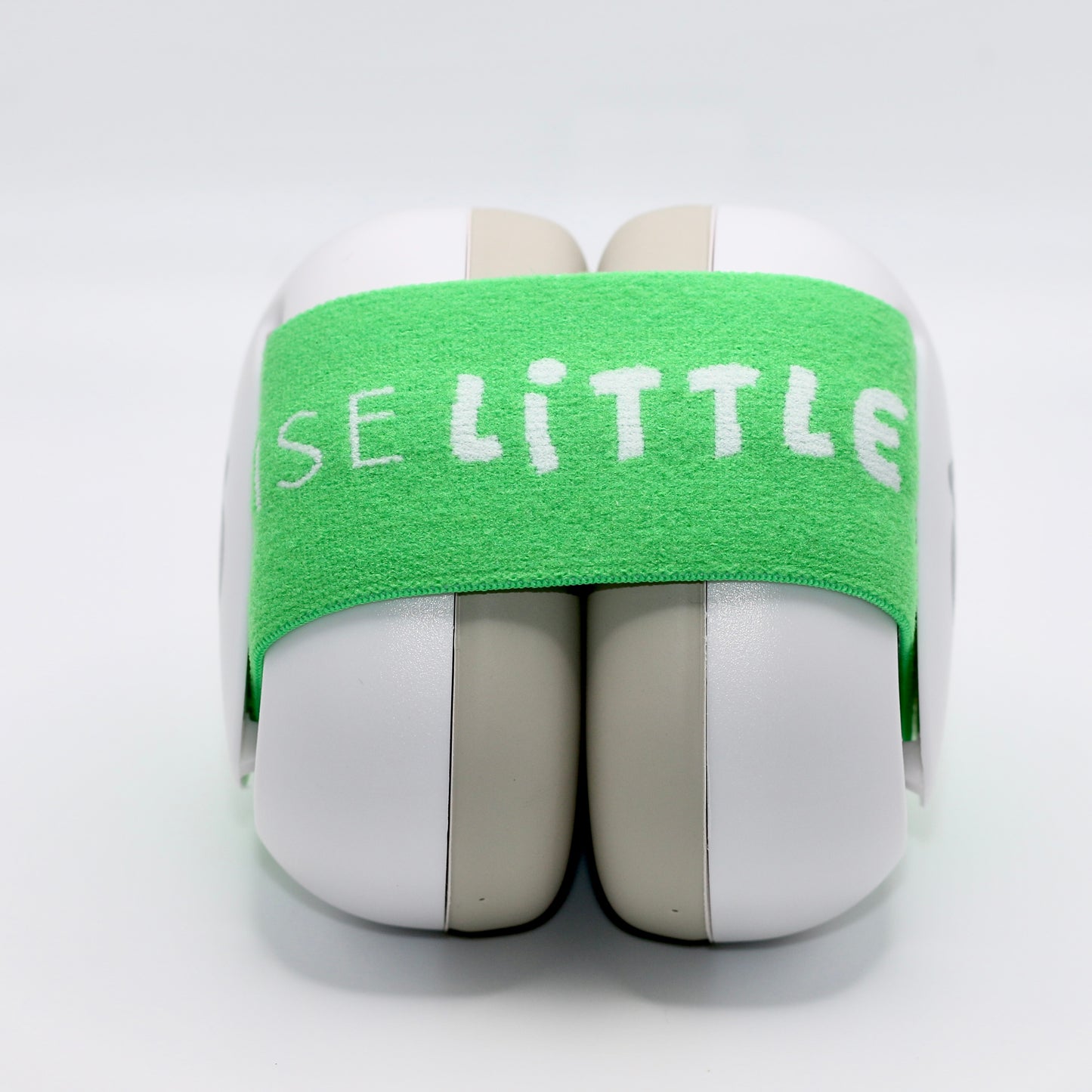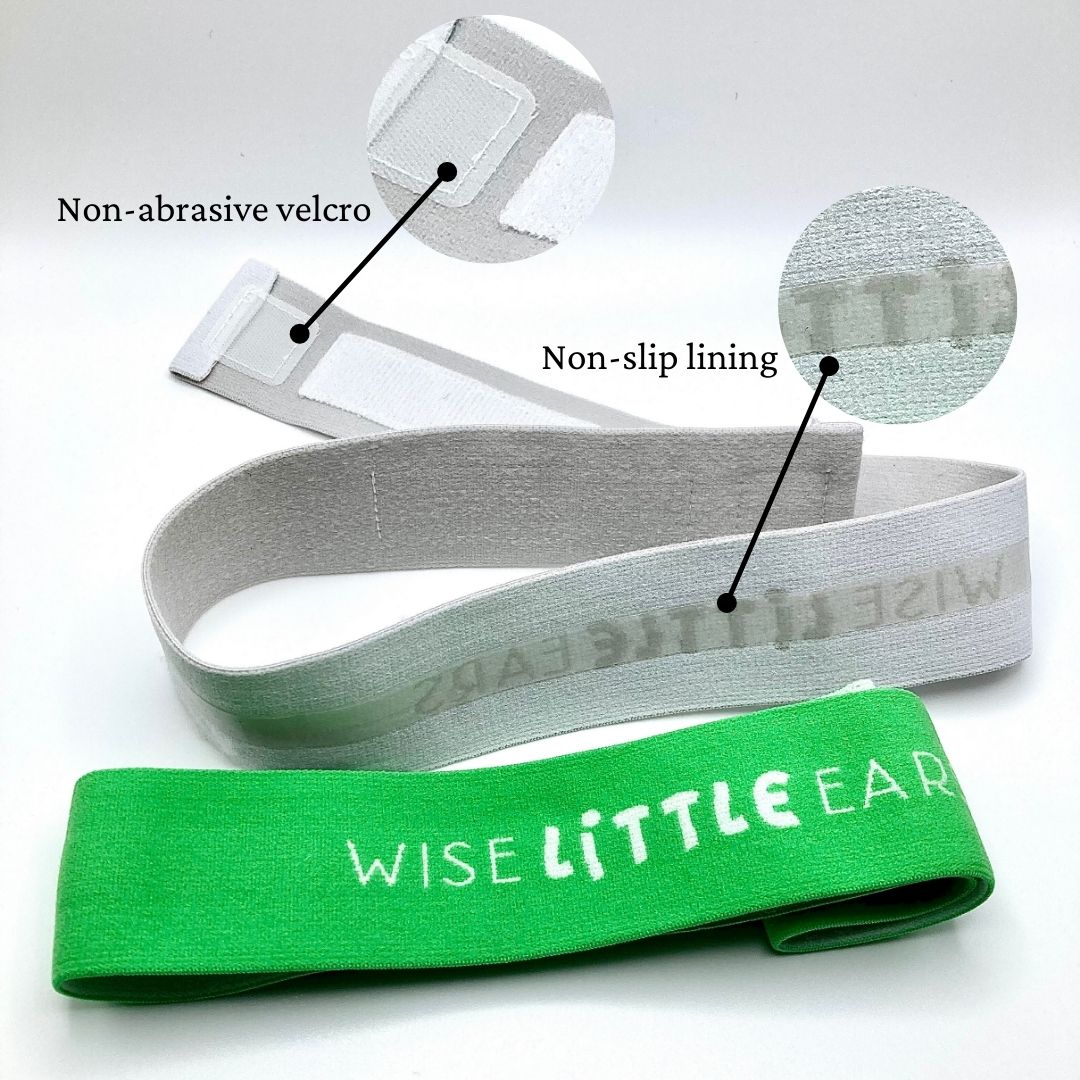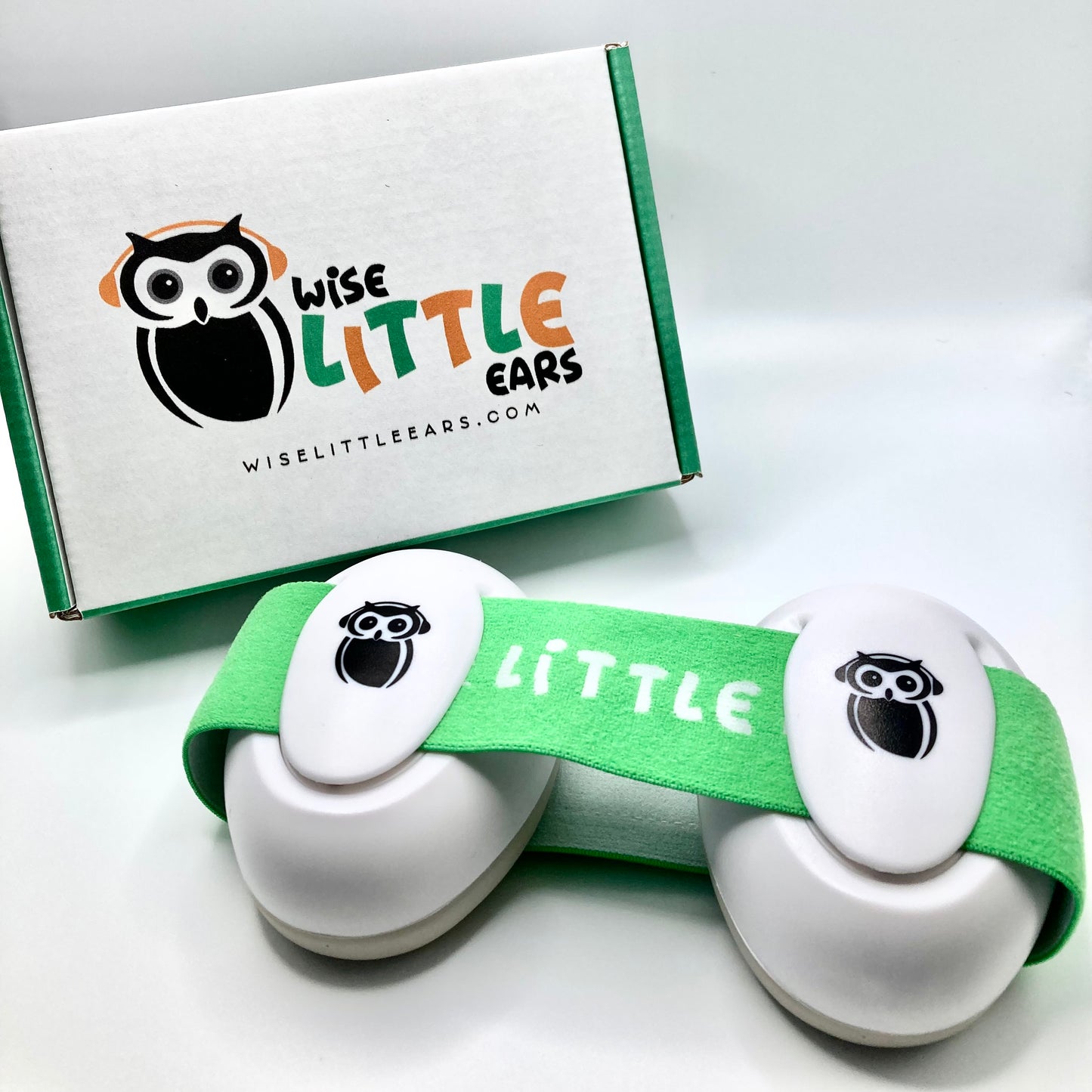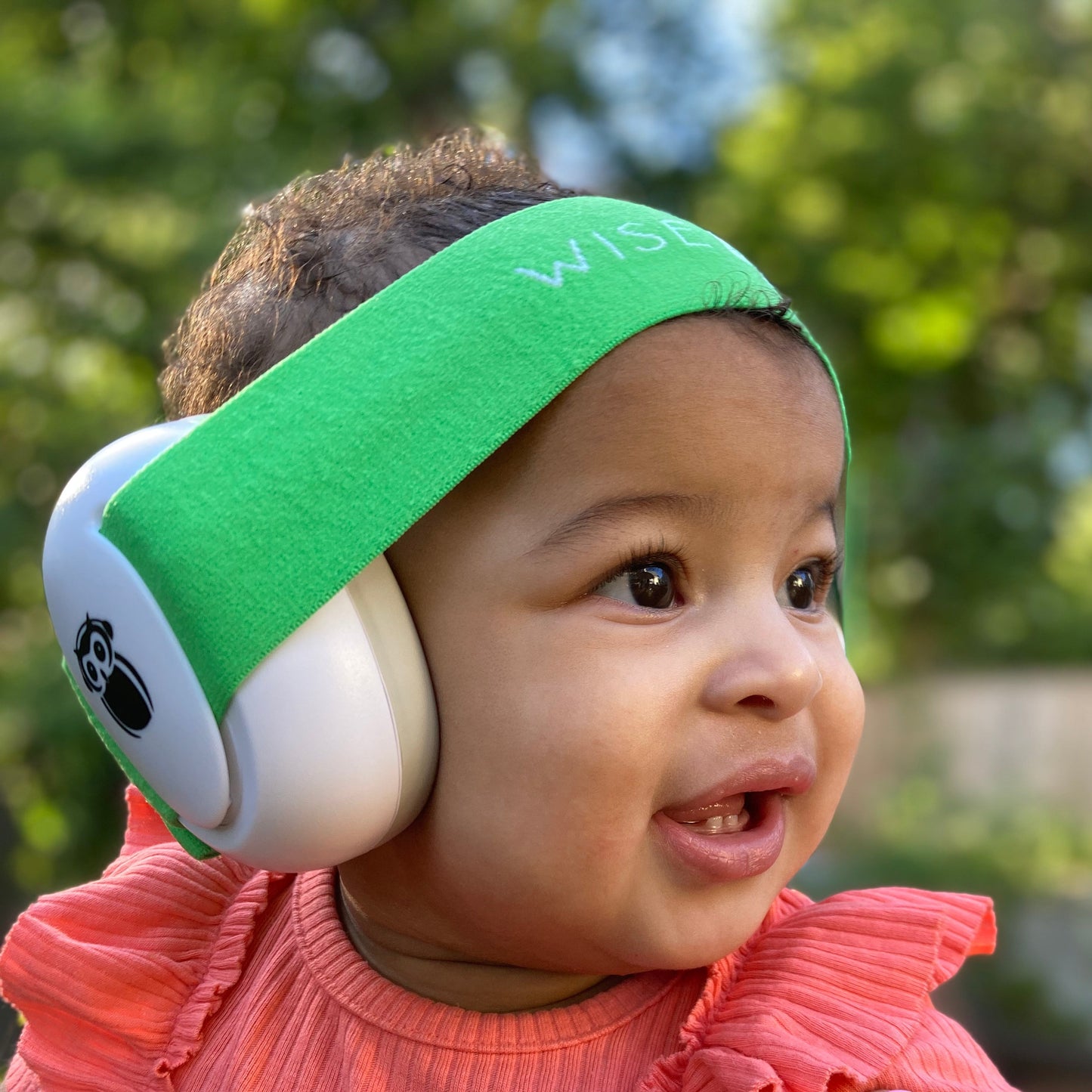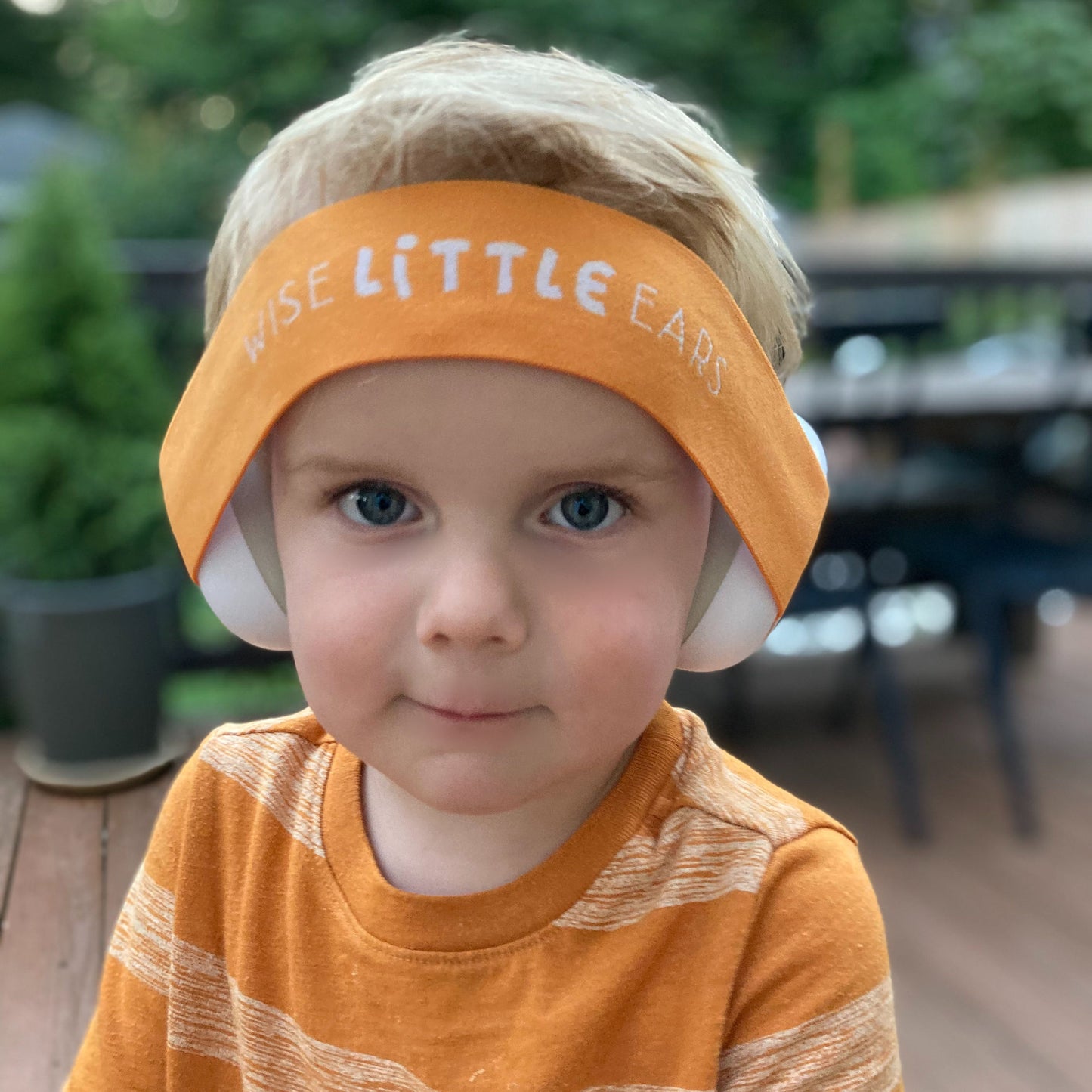Let’s be honest, there is nothing more blood curdling than the sound of a distressed baby on an airplane. This is double true for parents who are caught between their helpless baby and the occasional glaring (ahem rude) passenger. The reason for this parental nightmare is often ear discomfort and loud, frightening noise. And although I can’t solve other parental travel challenges, I do have some surefire tips to create the most ear-friendly ride for your little one.
Provide something to suck on during takeoff and landing
As a plane’s elevation changes rapidly, so does the air pressure in the cabin. This change causes a mismatch between the air pressure inside the Eustachian tube (a tube located in the middle ear), and the air outside of the ear. Mismatched pressure can build up and lead to intense ear pain, especially in tiny, unsuspecting ears. Actions like yawning and swallowing open the Eustachian tube, allowing the air between the two spaces to equalize, which reduces the painful sensation.
This is a problem for babies and young children for two reasons. First, they simply don’t know how to yawn and swallow on command, and second, because babies and children have narrower Eustachian tubes, it is much more difficult for the air between the two spaces to equalize. The trick to minimize this painful experience, is to promote consistent sucking to reduce pressure incrementally. In babies, this is often accomplished with a bottle, nursing or pacifier (if your baby is not an active pacifier sucker, I recommend a bottle or nursing). With older children, anything that encourages sustained sucking, like a lollypop or applesauce pouch, does the trick.
The key is early and consistent sucking rather than offering a sucking incentive at the first sign of pain. If too much pressure builds in a baby’s ear, the pain can be overwhelming and cause the baby to refuse the breast or bottle. Starting at the moment of takeoff is the best way to encourage gradual, incremental pressure equalization.
Deal with ear infections and congestion before flying
It’s not uncommon for young children to get as many as eight colds per year. All the sucking in the world won’t alleviate your child’s ear pain if congestion or fluid is blocking the Eustachian tube from opening. If your baby has had a cold or is unusually fussy prior to your scheduled flight, I strongly recommend a visit to the pediatrician. Your pediatrician will examine the inside of your child’s ears to make sure there is no sign of fluid or ear infection. If there is, they may prescribe an antibiotic or a decongestant (depending on your child’s age) to treat the condition.
It takes time for children to build up immunity to common viruses, so babies are often more vulnerable to common colds and illness on flights and in public spaces. Because of the increased risk of contracting an illness during travel, ask your pediatrician for recommendations should your child become sick during your vacation.
Bring hearing protection
In addition to pain caused by cabin pressure changes, babies also experience discomfort from harmful noise levels on airplanes. Depending on where you are sitting, a commercial flight takeoff can create up to 110 decibels, which can cause hearing damage in just 90 seconds. Babies and children should always wear hearing protection during takeoff, and many babies and children benefit from hearing protection during the duration of the flight. Don’t worry if they don’t wear it the whole time, intermittent protection goes a long way in safeguarding little ears from noise-induced hearing loss. An added benefit is a quiet environment with less chance of your baby waking up during intercom messages and pilot updates. Adults should also consider in flight hearing protection.
Air travel with children isn’t easy, so be kind to yourself. Sometimes you do everything right and it still goes to hell in a hand-basket. The passengers around you should understand, and if they don’t, well, maybe they should pack their own hearing protection next time.
Happy Hearing!
Dr. Mabel
